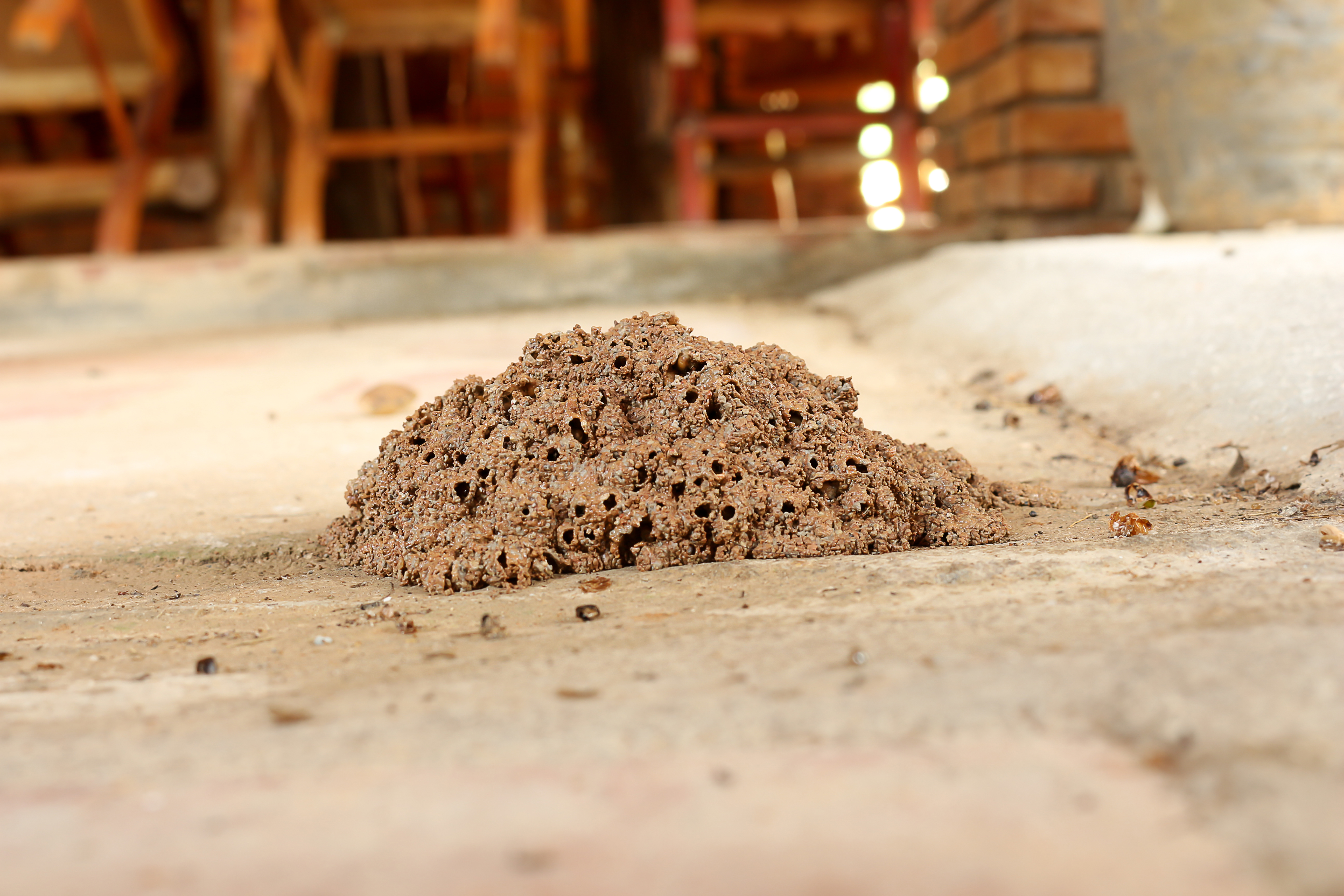When they are in their natural habitat, termites perform a vital role: breaking down debris and turning this into vital nutrients which enrich the soil. However, when they find their way inside your home or building, they become a potent agent of destruction. Once they get inside structures, they feed upon wood which can compromise the structural integrity of your home.
In America, the two most common species of these insects are the subterranean termites and the dry wood termites.With subterranean termites, it is hard to detect an infestation until the damage has become full-blown. It doesn’t help that some of the signs of infestation are similar to other types of damages. These signs include swollen floors and ceilings, buckling wood, and a scent similar to that of molds.
Signs of a dry wood termite infestation include veneer cracks and maze-like tunnels. These signs become apparent only when the colony has burrowed deeply on a particular item.
Can termite damage be repaired?
In most cases, termite damage can be repaired. However, it is crucial to act promptly to control further damage. Left unchecked, a colony of subterranean termites can wreak much havoc in a house, making repairs futile. Immediate action is required if the affected wooden structures provide support to the building or home. Left unchecked, termite damage can lead to the collapse of roofs, floors and ceilings.
There are three basic types of termite damage repair:
If the damage to the structure is deemed to be minimal or concentrated upon the surface, this means that the colony has not reached the core of the infested area. This is the most manageable among the different types of infestations. Here, the goal is to harden the wood to provide it with termite resistance. Special adhesives are used to fill the areas damaged by the termites while wood sealers are used to kill the insects.
On the other hand, when a colony has managed to penetrate a structure to some degree, the surface area is scraped away. Afterwards, the structure is sanded and reinforced using wood fillers. The top surface will then be polished in order to make sure that the wood fillers will be secured properly.
Lastly, when the colony has wreaked too much havoc and has burrowed too deep, the damaged parts are removed, including the wirings and plumbing connections. Internal wood is scraped before wood sealers are used for the remaining structures. In order to remove traces of the colony, surrounding areas may also be treated and refinished.
Can Termite Damage Be Repaired Professional Pest Control Services in Tracy CA?
Serving Northern California

